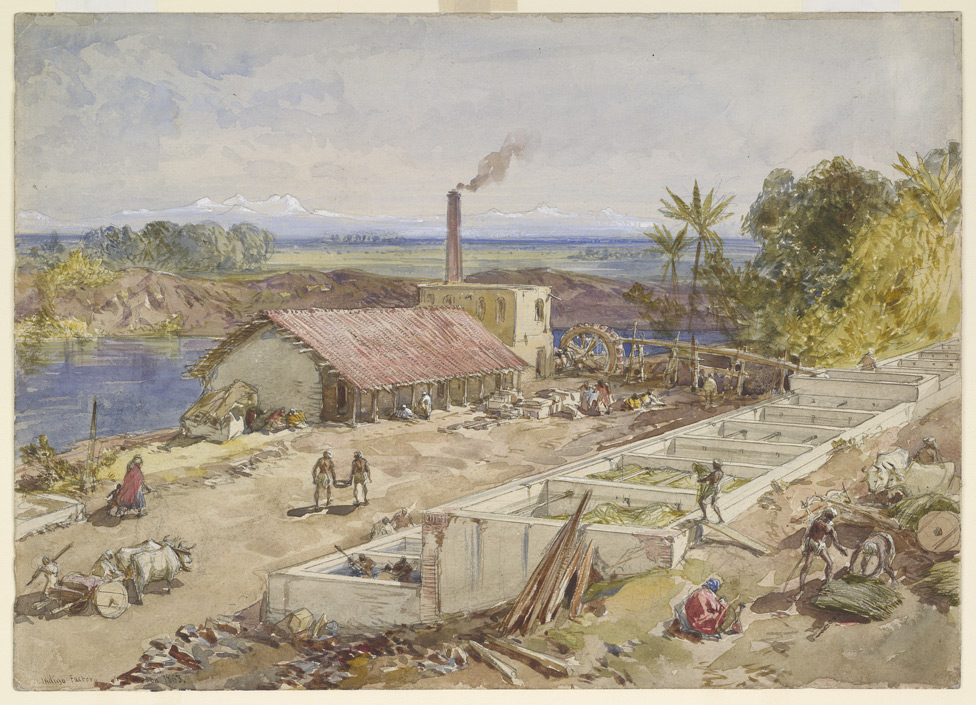In the 18th and 19th centuries, Bihar, along with Bengal, witnessed extensive indigo cultivation by British planters. Indigo cultivation depleted the soil, and farmers received meager compensation. This led to the Indigo Movement.

Table of Contents
Exploitative system
The Tinkathia system forced cultivators to dedicate a portion of their land to indigo, leading to food insecurity and debt due to the low prices offered for indigo.
Champaran Satyagraha: The Champaran Satyagraha was a significant event in India’s fight for freedom that happened in 1917. Mahatma Gandhi went to Champaran in Bihar to help farmers who were being treated unfairly by British rulers. These farmers were forced to grow indigo, a plant used for dye, and were not paid enough. Gandhi protested peacefully, refusing to follow the unjust rules. Eventually, the British government gave in to the pressure, and new laws were made to protect the rights of the farmers.
Strategies of Indigo Movement
Gandhi’s team documented grievances, organized peaceful protests, and refused to obey unjust indigo contracts. Faced challenges like arrests and pressure from planters but remained non-violent.
Outcome
Gandhi’s dedication and pressure on the British government led to concessions. The Champaran Agrarian Act of 1918 canceled existing forced indigo contracts and introduced regulations to protect farmers’ rights. While the Champaran Satyagraha stands out, Bihar also witnessed smaller revolts against indigo cultivation in 1867 and 1907-1908.